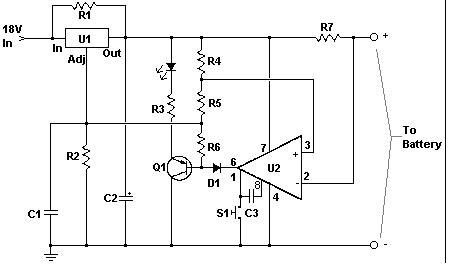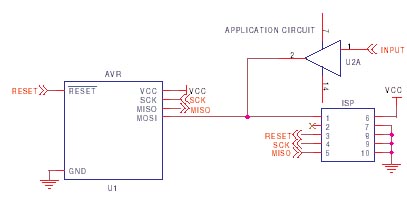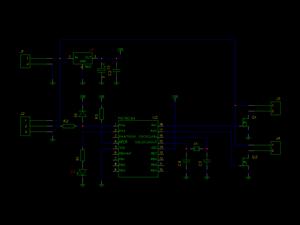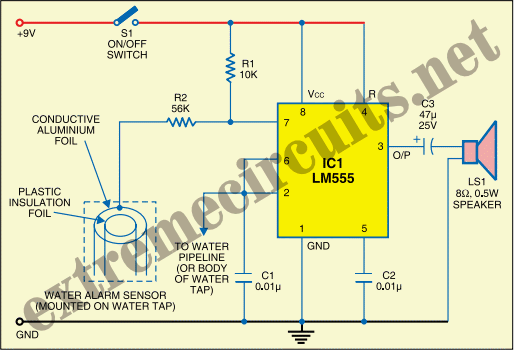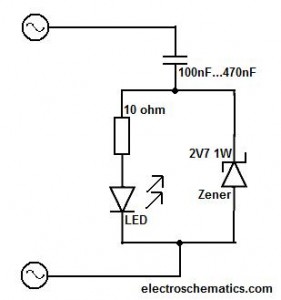
stun gun schematics
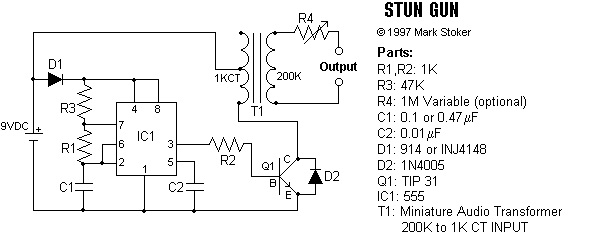
Instead of using a 555 timer integrated circuit, this design employs two transistors configured back-to-back to function as a multivibrator. This arrangement modulates the direct current sufficiently to traverse the magnetic field of a transformer. It represents one of the simplest and most straightforward designs for constructing a stun gun. The project includes detailed step-by-step instructions for building a homemade stun gun, requiring only ten components in addition to the circuit board.
Here is the circuit design. The author describes it as an electric stun gun, often referred to as a tazer. However, it is important to note that a true "taser" fires barbed projectiles connected to wires that penetrate the target's body. This circuit, in contrast, operates as a touch stun gun device.
The circuit utilizes two NPN transistors arranged in a multivibrator configuration, which generates a square wave output. This output is used to drive a transformer, creating a high-voltage pulse necessary for the stun gun's operation. The transistors are typically biased to switch on and off rapidly, allowing the current to alternate through the primary winding of the transformer.
The transformer steps up the voltage from the low-voltage power supply, which can be a battery, to a much higher voltage suitable for delivering a non-lethal electric shock. The output from the transformer is then rectified and filtered to produce a pulsed high-voltage output that can incapacitate an assailant upon contact.
Key components include two transistors, a transformer, resistors for biasing the transistors, and capacitors for smoothing the output. The design is compact and efficient, making it accessible for hobbyists and electronics enthusiasts looking to create a simple yet effective stun gun device. Safety precautions should be taken during assembly and operation to prevent accidental injury.Instead of the 555 timer IC we have two transistors back to back acting as a multivibrator. This "chops" the direct current enough so it can travel across the magnetic field of the transformer. This is probably the simplest and easiest stun gun to make. It also has step-by-step directions on how to build your own stun gun. Only 10 parts are needed, plus the circuit board, and you have a homemade stun gun. Here is the circuit. It is not my original design. The author refers to it as an electric stun gun tazer, but a true "taser" shoots barbed projectiles attached to wires, which stick into the assailant`s body. This circuit is a touch stun gun device. 🔗 External reference
Here is the circuit design. The author describes it as an electric stun gun, often referred to as a tazer. However, it is important to note that a true "taser" fires barbed projectiles connected to wires that penetrate the target's body. This circuit, in contrast, operates as a touch stun gun device.
The circuit utilizes two NPN transistors arranged in a multivibrator configuration, which generates a square wave output. This output is used to drive a transformer, creating a high-voltage pulse necessary for the stun gun's operation. The transistors are typically biased to switch on and off rapidly, allowing the current to alternate through the primary winding of the transformer.
The transformer steps up the voltage from the low-voltage power supply, which can be a battery, to a much higher voltage suitable for delivering a non-lethal electric shock. The output from the transformer is then rectified and filtered to produce a pulsed high-voltage output that can incapacitate an assailant upon contact.
Key components include two transistors, a transformer, resistors for biasing the transistors, and capacitors for smoothing the output. The design is compact and efficient, making it accessible for hobbyists and electronics enthusiasts looking to create a simple yet effective stun gun device. Safety precautions should be taken during assembly and operation to prevent accidental injury.Instead of the 555 timer IC we have two transistors back to back acting as a multivibrator. This "chops" the direct current enough so it can travel across the magnetic field of the transformer. This is probably the simplest and easiest stun gun to make. It also has step-by-step directions on how to build your own stun gun. Only 10 parts are needed, plus the circuit board, and you have a homemade stun gun. Here is the circuit. It is not my original design. The author refers to it as an electric stun gun tazer, but a true "taser" shoots barbed projectiles attached to wires, which stick into the assailant`s body. This circuit is a touch stun gun device. 🔗 External reference
